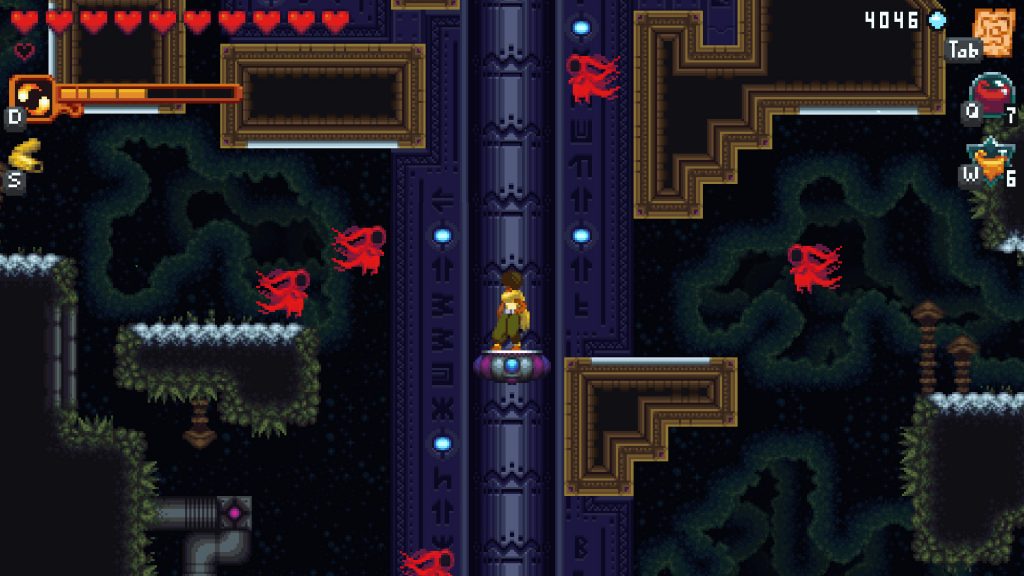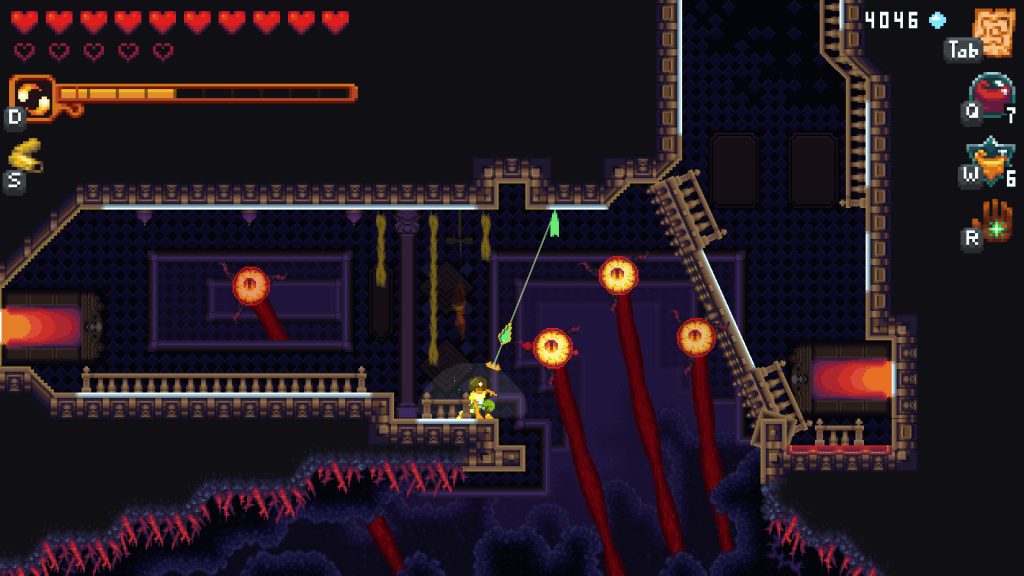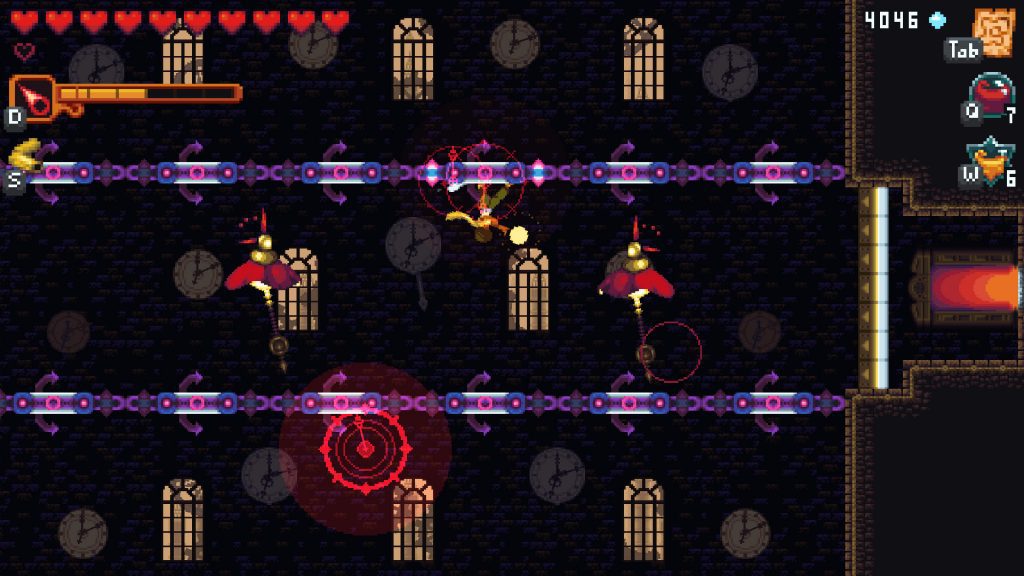REVIEW : Dandara: Trials of Fear Edition (PC)
The Start of the game is weak. The plot takes place in the universe of Salt which is on the verge of destruction and the citizens, once free spirits, are soon crushed and secluded. This is where Dandara wakes – a badass able to set right this natural imbalance. Dandara’s story is dense but comparatively minimalist for the rest and allows you get on with the game. Its administrative undercurrents work well for its overall tale and world-building. Moving from your own experience is always a great way of relating to the players and it does the job quite well.

This generally brings us to the gameplay circuit. In a directionless world, Dandara’s inner strengths are more part of the metaphor and narrative then they are the gameplay loop. Dandara can bounce from one place to another but only when it comprises a layer of salt. This operates unmindful of science as the game doesn’t have any – at least not in the conventional understanding. If paused mid-way through a jump, you simply stuck. You don’t get dragged down or up, it almost feels like you’re caught in space. This combines enormous depth to the fragile spacey feeling the play oozes. You can’t just get moved ahead by the relentless flow of time and gravitation force. Every footstep you take is planned and voluntary.

Initially, every bounce takes a bit of attention to be most effective in going ahead, but the complete game has a constant improvement. Areas get more difficult, problems harder and platforming further obscured. It frequently feels like a charming mix of vintage games action feels and modern graphics. You formerly start with a basic jump and a firing mechanic that can be reached at a click of the A and X button respectively. It provides you with the opportunity to adapt to these with some moderately easy opponents and platforms before swinging it up and letting you access its basic mechanics.

You see, the salt method is very comparable to the soul system. You get essential knowledge in the form of salt from each kill you make. This can be returned home to a tent to level up your strength, powers or healing energy. The twist is if you lapse you need to go back and accumulate all that salt or you succumb it forever. Furthermore, waiting at the camp resets all non-boss opponents. This sets up an interesting risk-reward system. Now that you remember where the boss is, would you wish to recover health whilst healing enemies or just take him on? These are problems you ask yourself often and it operates very well here.

This circuit is consistent throughout Dandara. You scout out the field you’re in, prod the opponents to see what they do and battle your way to the boss. You then work out your most suitable route, find some chests and take him on various times till he eventually caves. In true Metroidvania fashion, this usually occurs with a new skill shedding light on past areas in amazing new ways. Some standout new skills are a long jump, a pleasing moving brick and a rocket shot.

It combines three new areas, fresh powers, new boss battles and lots of reward music. It is, for the most portion, more confused and trippy, feeling thematically in line with the edge of the base game. To cover this all off, it’s a free extension. Thematically it adds an exceptional deal to the original game. It serves to build various tones and fleshes out the story more with its fashion and music composition.

There is a lovely murkiness to the entire game. The art technique in space is beautiful but becomes darkened by the surroundings. The equivalent can be said for the music. It often highlights pretty electronic swells smashed and dampened by background noise. There is a virtue distorted and disrupted by a sinister gear overtone. It does not require to be said how well this operates for the general theme, but I’ve said it anyway.
There are some downsides to Dandara despite its glorious aspects. While the technicians, for the most part, feel quite calm, there are some absolutely frustrating platforming segments. Occasionally, the label will not go where is expected or the wanted platform is just a tiny bit too far. This usually ends here but hardly a platform cannot be skipped to regardless of it staying close and in eye line. This can usually be corrected by leaving and getting back or readjusting, but the speedrun nature of the play pattern distinguishes these two features in frustrating ways.

Furthermore, whilst the challenge normally feels natural and improves well, the final boss battle is far too easy. There is a feeling of cleansing in the destruction of each boss during the game as you raise your fist in the air in glory, yet the ultimate boss does not provide this. It feels relatively hollow, disappointing the oppressive atmosphere that most of the game portrays. These are insignificant grievances but they stick out an unfortunate amount.














